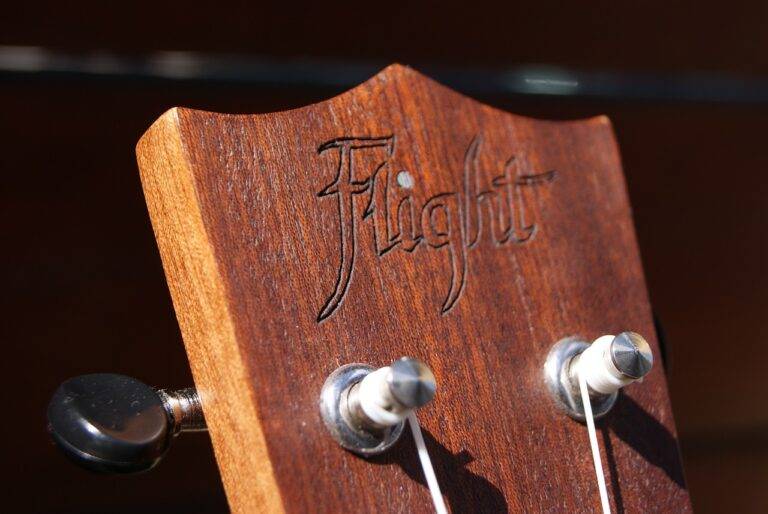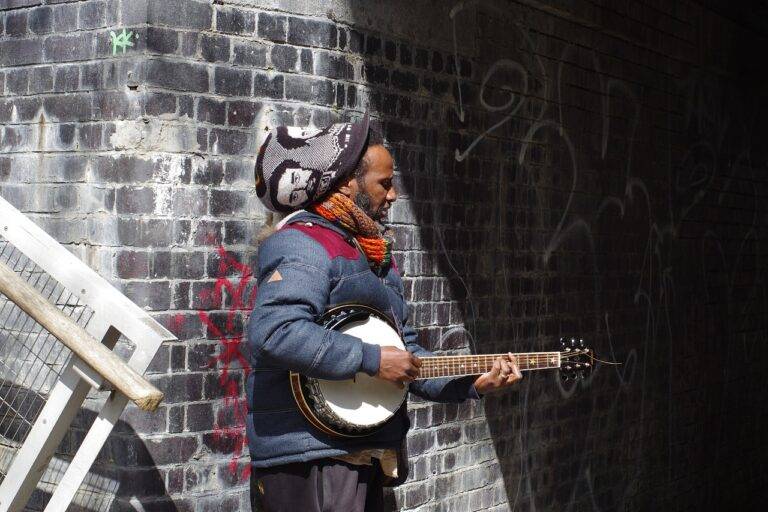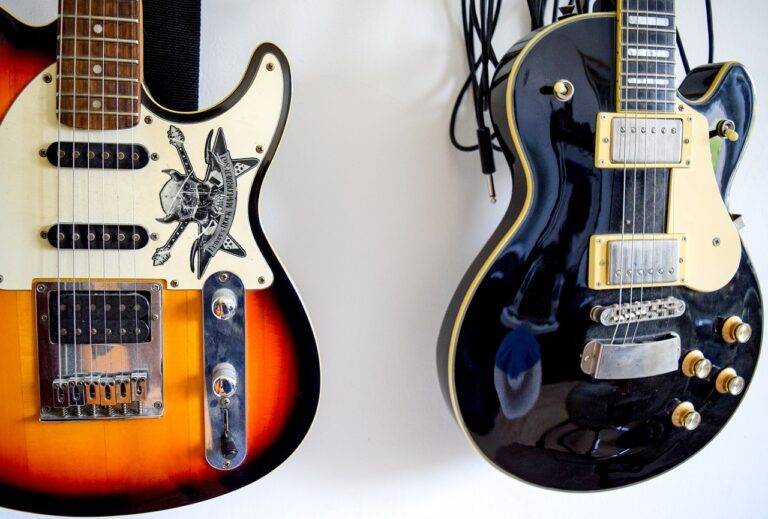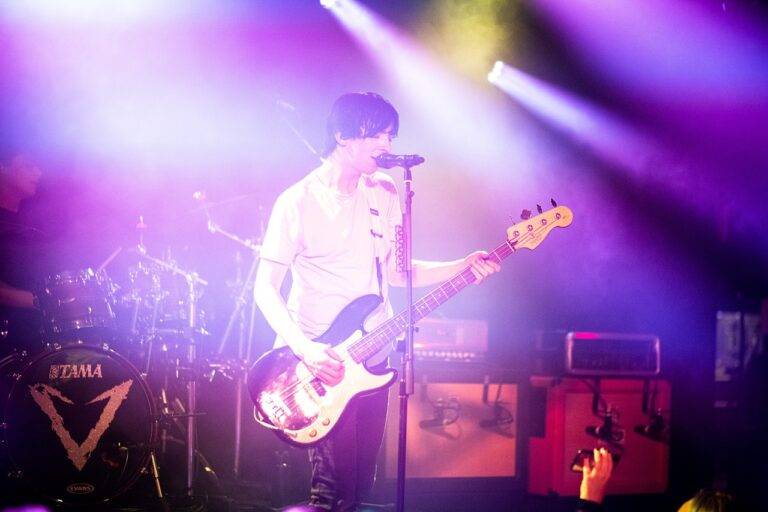Behind the Scenes: The Art of Costume Design in Period Dramas
Exploring the historical context in period dramas offers a glimpse into the past, allowing viewers to immerse themselves in different time periods and cultures. The attention to detail in depicting historical events, settings, and societal norms adds depth and authenticity to the storytelling, drawing audiences into a world that may be vastly different from their own.
Through meticulous research and consultation with historians, writers and filmmakers strive to accurately capture the nuances of a particular era, from costumes and manners to language and customs. By grounding the narrative in a specific historical context, period dramas not only entertain but also educate viewers about the complexities of bygone eras, shedding light on the social, political, and cultural forces that have shaped our present-day world.
Research and Inspiration for Costume Design
When it comes to crafting the costumes for a period drama, research is fundamental. Costume designers delve into historical documents, paintings, photographs, and fashion plates to build an authentic visual representation of the time period. This meticulous research allows designers to grasp the nuances of the era, including the silhouettes, fabrics, colors, and accessories prevalent during that time.
Inspiration for costume design can also be drawn from various sources beyond historical accuracy. Creative interpretation and artistic vision play a significant role in shaping the visual aesthetic of the costumes. Designers are often inspired by contemporary fashion trends, art movements, and cultural influences, which are then integrated into the design process to lend a unique and fresh perspective to the costumes.
Collaboration with Directors and Production Team
When it comes to period dramas, successful collaboration with directors and the production team is crucial for achieving a cohesive vision. Communication is key in ensuring that everyone involved is on the same page regarding the overall aesthetic, tone, and goals of the project. By working closely together, costume designers can better understand the director’s vision for the characters and their world, allowing them to create outfits that not only look beautiful but also serve the narrative effectively.
In a collaborative setting, costume designers have the opportunity to offer their creative input and expertise, enriching the storytelling process. By sharing their ideas and concepts with the director and production team, they can contribute to the visual storytelling of the film or series. This open exchange of ideas fosters a dynamic working environment where each member can bring their strengths to the table, leading to a more cohesive and visually engaging final product.
How important is collaboration with directors and the production team in creating a period drama?
Collaboration with directors and the production team is crucial in ensuring the historical accuracy and overall vision of the period drama are maintained.
How can costume designers find inspiration for their designs in period dramas?
Costume designers can find inspiration through extensive research of the time period, including studying paintings, photographs, and historical garments.
What role does research play in the costume design process for period dramas?
Research is essential in accurately capturing the fashion and style of the time period being depicted in the period drama.
How do costume designers work with directors to bring their vision to life?
Costume designers collaborate closely with directors to understand their vision for the characters and overall aesthetic of the production.
What challenges do costume designers face when working on period dramas?
Some challenges costume designers face include balancing historical accuracy with creative interpretation, as well as working within budget constraints and time constraints.





